Hydrangea not growing
bevinga
15 years ago
Featured Answer
Sort by:Oldest
Comments (9)
buford
15 years agoRelated Professionals
Simpsonville Landscape Architects & Landscape Designers · Belmont Landscape Architects & Landscape Designers · Battle Ground Landscape Contractors · Belvedere Park Landscape Contractors · Crystal Landscape Contractors · Hannibal Landscape Contractors · Parkland Landscape Contractors · River Ridge Landscape Contractors · Roseville Landscape Contractors · Sun Valley Landscape Contractors · Bonney Lake Fence Contractors · San Mateo Fence Contractors · La Verne Fence Contractors · DeLand Window Contractors · Fort Washington Window Contractorsgeorgia-rose
15 years agobevinga
15 years agosatellitehead
15 years agoIris GW
15 years agobuford
15 years agowalla2butterfly
12 years agoirisv0721
4 years ago
Related Stories
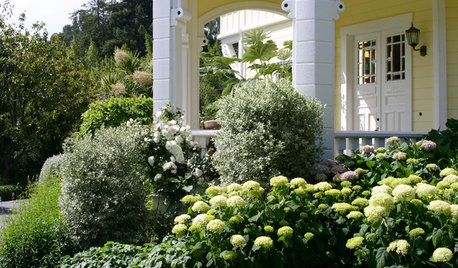
GARDENING AND LANDSCAPINGHave a Ball With Hydrangeas
Even if you don't tinker with the hue by changing the soil, hydrangeas have an entertaining range of uses in all kinds of landscapes
Full Story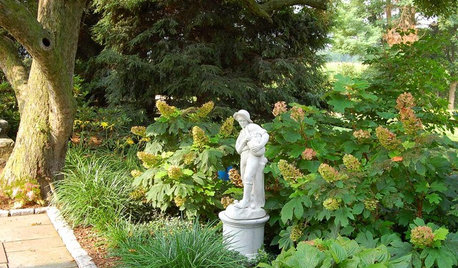
GARDENING GUIDESGreat Design Plant: Oakleaf Hydrangea
Consider this full, flowering shrub for year-round beauty in the garden as you plan your fall plantings
Full Story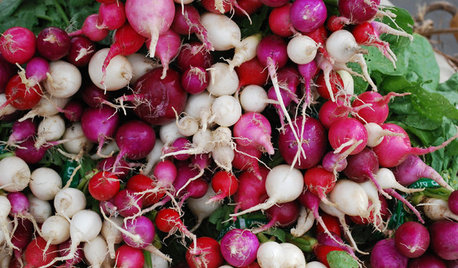
COOL-SEASON CROPSCool-Season Vegetables: How to Grow Radishes
Fast growing and bright, these easy-care veggies are great for kids and bring plentiful color to a fall or spring garden
Full Story
GARDENING GUIDES8 Plants That Snobs Love to Hate — and You'll Love to Grow
Don't dismiss these common annuals, perennials and shrubs — there are reasons they've been popular for so long
Full Story
GARDENING GUIDES7 New Plants to Grow for Beautiful Foliage
Add color, structure and interest to your garden with these recently introduced plants that sport exceptional foliage
Full Story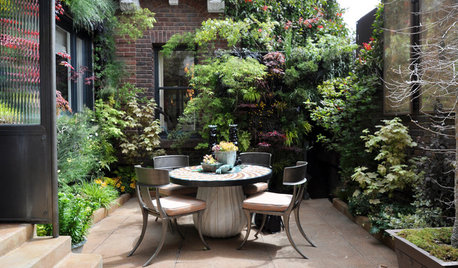
LANDSCAPE DESIGN8 Ways to Grow More Plants in Small Spaces
Use plants to bring your pocket garden to life
Full Story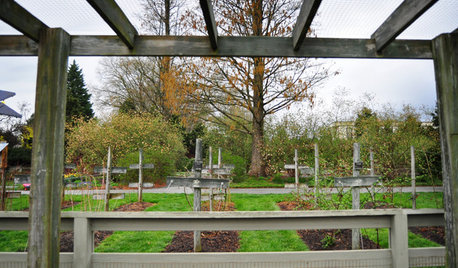
GARDENING AND LANDSCAPINGVegetable Growing Lessons From Longwood Gardens
Get ideas for your own edible landscape from a Pennsylvania showpiece and teaching garden
Full Story
GARDENING GUIDESCalifornia Gardener's June Checklist
Update your hydrangeas, catch up on tomatoes and more ways to enjoy your California garden in June
Full Story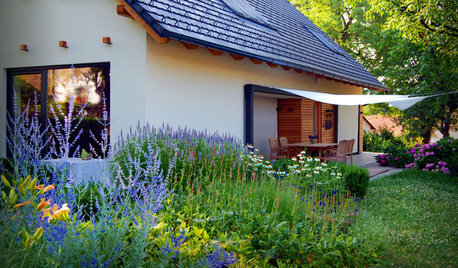
LANDSCAPE DESIGNRelish the Romance of a Slovenian Garden
Dappled with coneflowers and bursting with hydrangeas, a romantic European garden near the Julian Alps inspires enchantment
Full Story
LANDSCAPE DESIGNSee 5 Unexpected Ways to Use Vines
Vines can grow over slopes, trail off pergolas and add seasonal color to the garden
Full Story





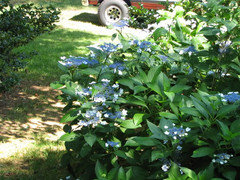
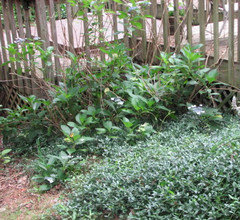


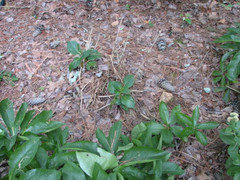
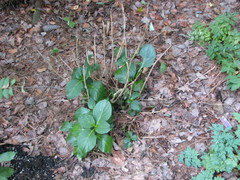
User